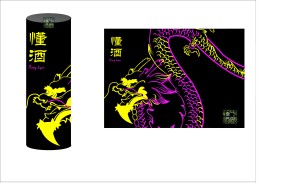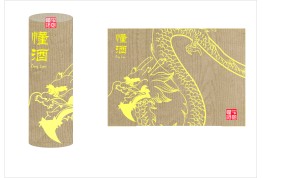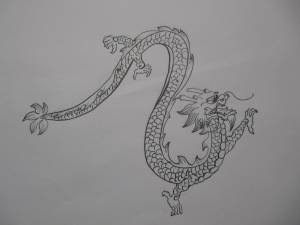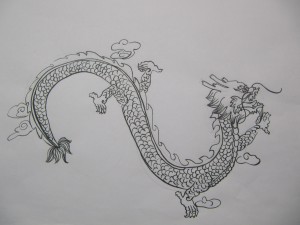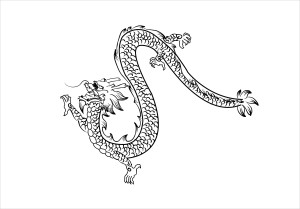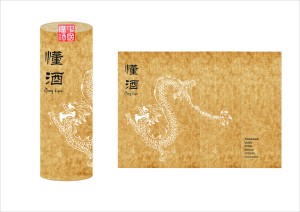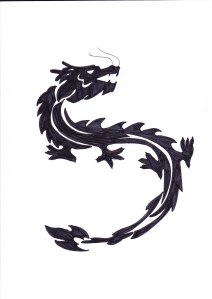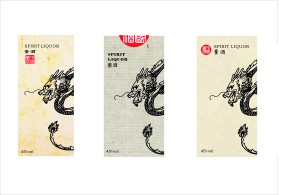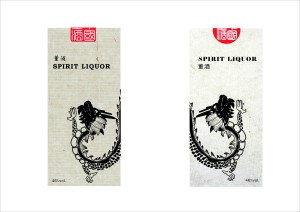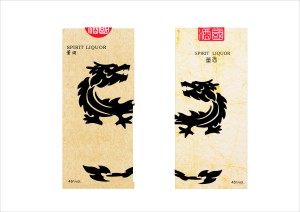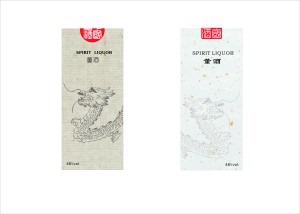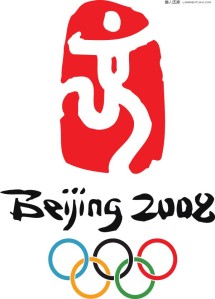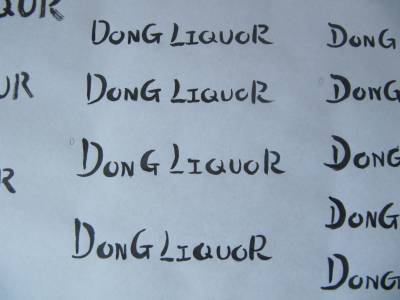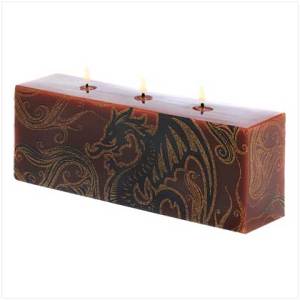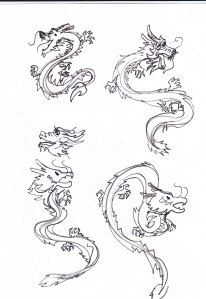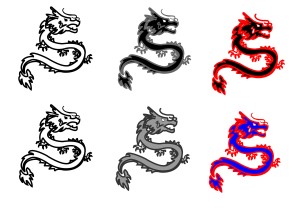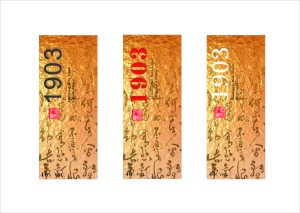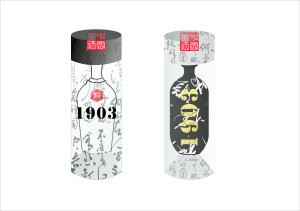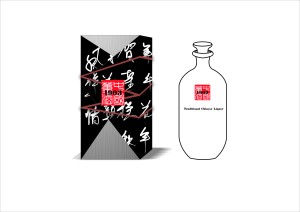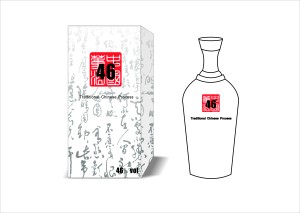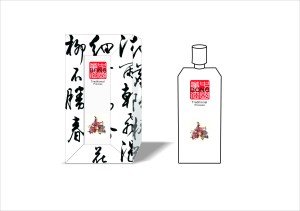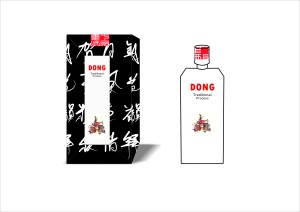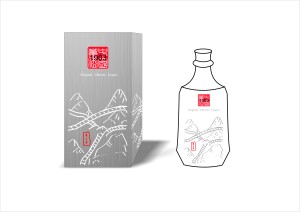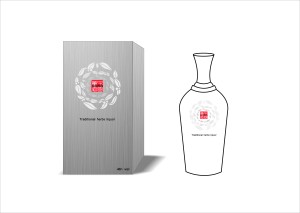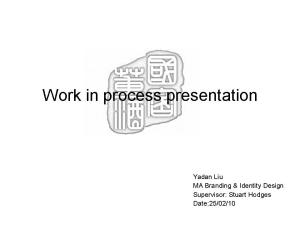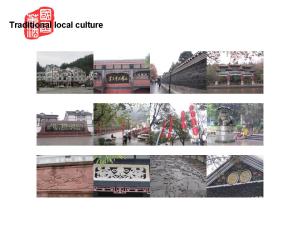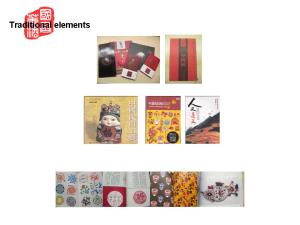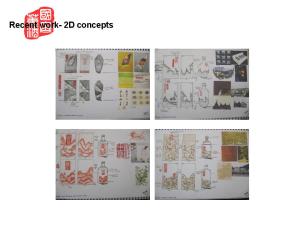Conclusion
The research and visual tests helped me to gain a deep knowledge of branding and identity design. When I finished my branding design, I gather a new design way which relate to my existing research. To my opinion, traditional brands not only have a long history but also they have become a unique symbol in their counties or even on a global scale. They are like an elder statesman who witnesses his country’s changes. It means traditional brands have become a part of national history. Therefore, when we design a traditional brand, we must consider its relationship with its country’s culture and traditional area. We can use cultural or traditional elements to add into its identity design. But when we use these elements to create a new identity, we must keep remember it must be a modern identity. Too traditional will not be accept in this international marketplace. On the other hand, these cultural or traditional elements have their own unique shape. So when we use them to create identity design, we can’t change their shape too much. People already recognize these shape and keep remember in their mind. Thus, if we change them too much, our consumers maybe can’t identify them. Therefore, we must keep their basal shape in our design. So if we can’t change the shape too much that how can we make them modern. Base to my research outcome, I am realizing that we can use different texture or colour to appear their shape. For example, traditional Chinese printing is use Chinese black ink and draws it on a traditional paper called rice paper. This kind of printing is a typical traditional style. But if we can use this traditional Chinese drawing skill and use colour pink to draw a traditional image on a metal piece. I think
this printing will be has a modern style. If we can’t change the shape, why not use other texture or colour to stand for the original stuff that reappear the traditional elements.
Although I have a new outcome, I think it still has some limitations in this research journey. For the data investigation I didn’t to research a broad spirit marketplace. I just focused on Whisky area and Chinese liquor area. For my project, I should do more case studies about the identity design not just look at the alcohol identity area. I should investigate into other identity area, like food, soft drink, perfume…etc. For my target brand identity design, I hadn’t done a deep research in the traditional Chinese culture. I should find a more perfectly traditional element and create it.
In this journey, I followed my learning agreement and strategic brief and step by step to do my research project. At the beginning of this research, I felt it was so tough to me. Because, my BA subject was product design and I haven’t much experience at branding identity design. But my supervisors and tutors gave me a very good introduction and guided me into branding design area. And they also introduced me some very useful books. These books helped me to understand what brand identity design is, how can I use different methods to do my research, how can I use community skill to have an interview or do a questionnaire with my target audience…etc. All of these useful suggestions and data was supported me and helped me to complete my aims. Finally, I used these knowledge and my new design way to create my target brand’s identity (include logo design, packaging design) as my visual outcome. In the end I want to say thanks to the people who were appearing in my research journey. Thank you to support me and encourage me to explore my design world. Thank you!

